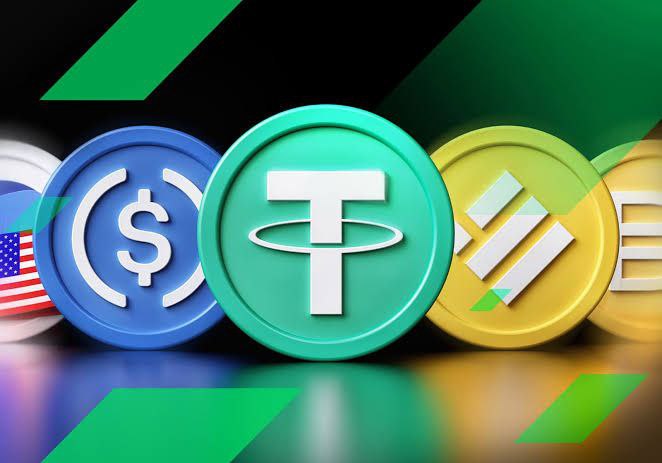Okay, so I stumbled across something interesting the other day – Circle’s CEO, Jeremy Allaire, thinks stablecoins are about to explode in popularity, hitting what he calls their “iPhone moment.” Now, that’s a pretty bold statement, right? It got me thinking – are we really on the cusp of mass adoption, where stablecoins become as ubiquitous and essential as our smartphones?
Allaire’s reasoning is that stablecoins are about to attract a huge wave of developer interest. Just like the iPhone created a whole new ecosystem of apps and possibilities, he believes stablecoins will do the same for finance. Think about it: programmable money, easily moved across borders, and accessible to anyone with an internet connection. The potential is massive.
And he might be onto something. We’re already seeing some impressive growth. According to a recent report by Statista, the market capitalization of stablecoins has grown significantly in recent years, reaching over $130 billion, showing that the adoption is rising and that people are beginning to trust stablecoins. That’s a lot of digital dollars floating around!
But it’s not just about the numbers. It’s about what people are doing with these stablecoins. We’re seeing them used in everything from international remittances (sending money home to family) to decentralized finance (DeFi) applications where you can lend, borrow, and trade crypto assets. The Bank for International Settlements (BIS) highlights the growing role of stablecoins in facilitating cross-border payments, noting their potential to increase efficiency and reduce costs.
Of course, there are hurdles. Regulation is still a big question mark, and concerns about stability (ironically!) and security remain. But if those issues can be addressed, the potential for stablecoins to reshape the financial landscape is undeniable.
Key Takeaways:
- Circle’s CEO predicts a surge in stablecoin adoption, comparing it to the iPhone moment for app development.
- Developer interest is key. Like the iPhone’s app ecosystem, stablecoins need developers to build innovative applications that drive adoption.
- The market cap of stablecoins is already substantial and growing, indicating increasing user trust and demand.
- Stablecoins are finding real-world use cases in areas like remittances and DeFi, showcasing their practical value.
- Regulatory clarity and stability are crucial for stablecoins to achieve their full potential and avoid setbacks.
So, are stablecoins about to become the next big thing? It’s still early days, but the signs are definitely pointing in that direction. It’s an exciting space to watch, and I’m curious to see how it all unfolds.
FAQs About Stablecoins
1. What exactly is a stablecoin?
A stablecoin is a type of cryptocurrency designed to maintain a stable value, usually pegged to a traditional asset like the US dollar or gold. The aim is to provide the benefits of crypto (speed, security) without the extreme price volatility.
2. How do stablecoins maintain their stability?
There are different mechanisms. Some are backed by reserves of fiat currency (like USD), others use algorithms to adjust supply and demand, and some are backed by other cryptocurrencies.
3. What are the main benefits of using stablecoins?
Faster and cheaper transactions, especially for international transfers. Access to financial services for people without traditional bank accounts. Opportunities for earning yield in DeFi.
4. What are the risks associated with stablecoins?
Concerns about the reserves backing some stablecoins. Regulatory uncertainty. Potential for algorithmic stablecoins to de-peg (lose their stable value).
5. Are stablecoins regulated?
Regulation varies by jurisdiction. Some countries are developing specific frameworks for stablecoins, while others are still figuring out how to treat them. This is a constantly evolving area.
6. What are some popular examples of stablecoins?
Tether (USDT), USD Coin (USDC), and Dai (DAI) are among the most widely used stablecoins.
7. How can I buy stablecoins?
You can purchase stablecoins on most major cryptocurrency exchanges.
8. What is the difference between a stablecoin and a CBDC?
A stablecoin is typically issued by a private entity, while a Central Bank Digital Currency (CBDC) is issued by a nation’s central bank.
9. Why are stablecoins important for DeFi?
They provide a stable store of value and a medium of exchange within the DeFi ecosystem, allowing users to participate in lending, borrowing, and trading without constantly worrying about price fluctuations.
10. What is the future of stablecoins?
Many believe that stablecoins will play an increasingly important role in the global financial system, facilitating payments, enabling new financial products, and promoting financial inclusion. However, their success depends on addressing regulatory concerns and ensuring their stability and security.


